How Neocons Push for War by Cooking the Books
To understand America’s drift into despotism over the last 40 years, we must de-encrypt the evolution of its secret "double government."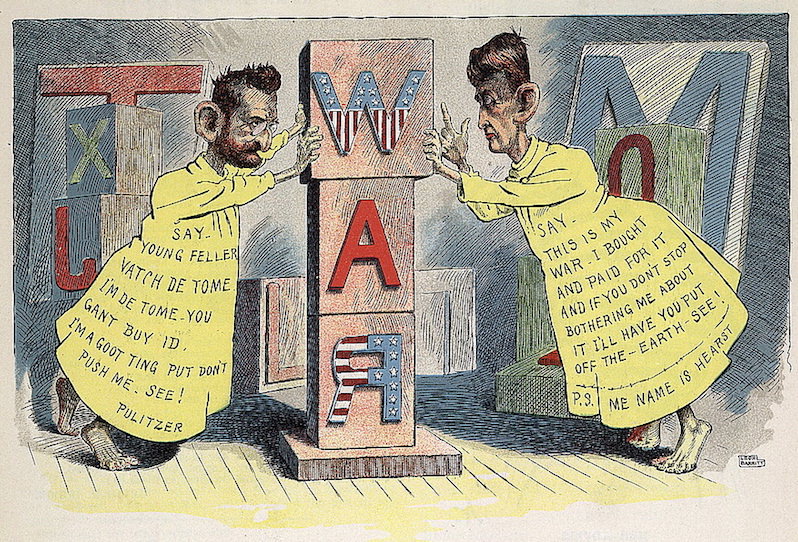 An 1898 editorial cartoon by Leon Barritt. The cartoon features newspaper publishers Joseph Pulitzer, left, and William Randolph Hearst dressed as Yellow Kid, a popular cartoon character of the day. It is a satire of their papers' role in drumming up U.S. public opinion to go to war with Spain. (Wikimedia)
1
2
An 1898 editorial cartoon by Leon Barritt. The cartoon features newspaper publishers Joseph Pulitzer, left, and William Randolph Hearst dressed as Yellow Kid, a popular cartoon character of the day. It is a satire of their papers' role in drumming up U.S. public opinion to go to war with Spain. (Wikimedia)
1
2

An 1898 editorial cartoon by Leon Barritt. The cartoon features newspaper publishers Joseph Pulitzer, left, and William Randolph Hearst dressed as Yellow Kid, a popular cartoon character of the day. It is a satire of their papers’ role in drumming up U.S. public opinion to go to war with Spain. (Wikimedia)
The roots of the problem go back to May 6, 1976, when the director of Central Intelligence, George H.W. Bush, created the first Team B to assess a report his agency had done on Soviet strategic objectives. The report — a National Intelligence Estimate, or NIE, completed the previous year — did not endorse a worst-case scenario of Soviet capabilities and, as a result, some outsiders demanded access to the same classified intelligence used by the CIA in preparing it so that they could come to their own conclusions. The concept of a “competitive analysis” of the data done by an alternative team had been opposed by William Colby, Bush’s predecessor as CIA director and a career professional. But Bush caved in, under pressure from President Ford, who was facing a strong challenge from right-wing Republicans in that year’s presidential primary, as well as from then-Secretary of Defense Donald Rumsfeld’s Pentagon, which was trying to undermine support for Henry Kissinger’s detente with the Soviet Union. The outside experts on Team B were led by Harvard professor Richard Pipes and included such well-known Cold War hawks as Paul Nitze, William Van Cleave and Paul Wolfowitz. Not surprisingly, Team B concluded that the intelligence specialists had badly underestimated the threat by relying too heavily on hard data instead of extrapolating Soviet intentions from ideology. The Team B report was enthusiastically received by conservative groups such as the Committee on the Present Danger. But the report turned out to be grossly inaccurate. … Team B was right about one thing. The CIA estimate was indeed flawed. But it was flawed in the other direction.Korb went on to explain that a 1978 Senate Select Committee on Intelligence review concluded “that the selection of Team B members had yielded a flawed composition of political views and biases. And a 1989 review concluded that the Soviet threat had been ‘substantially overestimated’ in the CIA’s annual intelligence estimates. Still, the failure of Team B in 1976 did not deter the hard-liners from challenging the CIA’s judgments for the next three decades.” Now long forgotten, the origins of the Team B “problem” actually stretched back to the radical political views and biases of political theorist James Burnham, his association with the Communist revolutionary Leon Trotsky and the creation of powerful Eastern establishment ad hoc groups: the Committee on the Present Danger and the American Security Council. From the outset of the Cold War in the late 1940s, an odd coalition of ex-Trotskyist radicals and right-wing business associations had lobbied heavily for big military budgets, advanced weapons systems and aggressive action to confront Soviet Communism. Vietnam was intended to prove the brilliance of their theories, but as described by author Fred Kaplan in “The Wizards of Armageddon” (page 336): “Vietnam brought out the dark side of nearly everyone inside America’s national security machine. And it exposed something seamy and disturbing about the very enterprise of the defense intellectuals. It revealed that the concept of force underlying all their formulations and scenarios was an abstraction, practically useless as a guide to action.” Kaplan ended by writing: “The disillusionment for some became nearly total.” Vietnam represented more than just a strategic defeat for America’s defense intellectuals; it represented a conceptual failure in the half-century battle to contain Soviet-style Communism, but for Team B, that disillusionment represented the opportunity of a lifetime. Trotskyist Intellectuals Become the New York Intellectuals Become Defense Intellectuals Developed by an inbred class of former Trotskyist intellectuals, the Team B approach represented a radical transformation of America’s national security bureaucracy into a new kind of elitist cult. In the 1960s, Robert McNamara’s numbers and statistics justified bad policy decisions. Now, personal agendas and ethnic grudges would turn American foreign policy into an ideological crusade. Today, those in control of that crusade fight desperately to maintain their grip, but only by de-encrypting the evolution of this secret “double government” can anyone understand America’s unrelenting post-Vietnam drift into despotism over the last 40 years. Rooted in what can only be described as cult thinking, the Team B experiment tore down what was left of the CIA’s pre-Vietnam professional objectivity by subjecting it to politicization. Earlier in the decade, the CIA’s Office of Strategic Research (OSR) had been pressured by Nixon and Kissinger to corrupt its analysis to justify increased defense spending, but the Team B’s ideological focus and partisan makeup so exaggerated the threat that the process could never return to normal. The campaign was driven by the Russophobic neoconservative cabal that included Paul Wolfowitz, Richard Pipes, Richard Perle and a handful of old anti-Soviet hardliners such as Paul Nitze and Lt. Gen. Daniel Graham. It began with a 1974 article in The Wall Street Journal by famed nuclear strategist and former Trotskyist Albert Wohlstetter decrying America’s supposed nuclear vulnerability. It ended two years later with a ritualistic bloodletting at the CIA, signaling that ideology and not fact-based analysis had gained an exclusive hold on America’s bureaucracy. The ideology referred to as neoconservatism can claim many godfathers, if not godmothers. Roberta Wohlstetter’s reputation as one of the pre-eminent Cold Warriors of RAND Corp. was equal to her husband’s. The couple’s infamous parties at their Santa Monica home acted as a kind of initiation rite for the rising class of “defense intellectual.” But the title of founding father might best be applied to James Burnham. A convert from Trotsky’s inner circle, Burnham championed the anti-democratic takeover then occurring in Nazi Germany and Fascist Italy in his 1941 “The Managerial Revolution” and his 1943 “The Machiavellians: Defenders of Freedom,” while in his 1945 “Lenin’s Heir,” he switched his admiration, if only tongue in cheek, from Trotsky to Stalin. George Orwell criticized Burnham’s cynical elitist vision in his 1946 essay “Second Thoughts on James Burnham,” writing: “What Burnham is mainly concerned to show [in “The Machiavellians”] is that a democratic society has never existed and, so far as we can see, never will exist. Society is of its nature oligarchical, and the power of the oligarchy always rests upon force and fraud. … Power can sometimes be won and maintained without violence, but never without fraud.” Your support matters…
Independent journalism is under threat and overshadowed by heavily funded mainstream media.
You can help level the playing field. Become a member.
Your tax-deductible contribution keeps us digging beneath the headlines to give you thought-provoking, investigative reporting and analysis that unearths what's really happening- without compromise.
Give today to support our courageous, independent journalists.

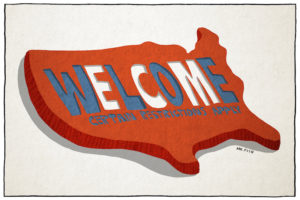
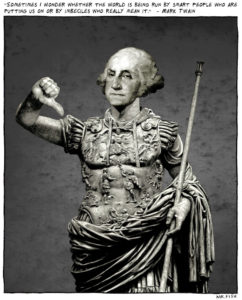
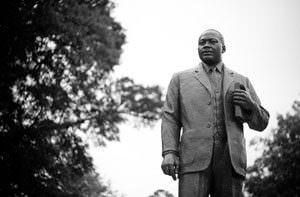
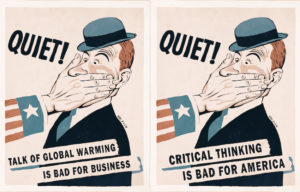
You need to be a supporter to comment.
There are currently no responses to this article.
Be the first to respond.